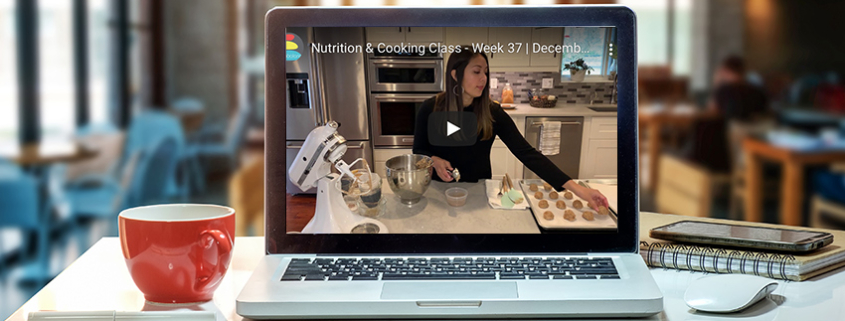Pandemic Reflections: Co-Creating The World We Want to Live In
The pandemic has revealed how deeply interconnected we are with everyone and everything on the planet. We have seen first-hand how a virus with a single point of origin could come to affect us collectively in one way or another.
Whether that impact has looked like losing your sense of day-to-day normalcy, or at worst, contracting the virus or losing loved ones, we have all felt the toll and witnessed the great suffering and iniquity it has revealed. But now that the regulations are starting to lift and our movements are becoming less restricted, where do we go from here? Read more









 2020 Urban Balance
2020 Urban Balance
